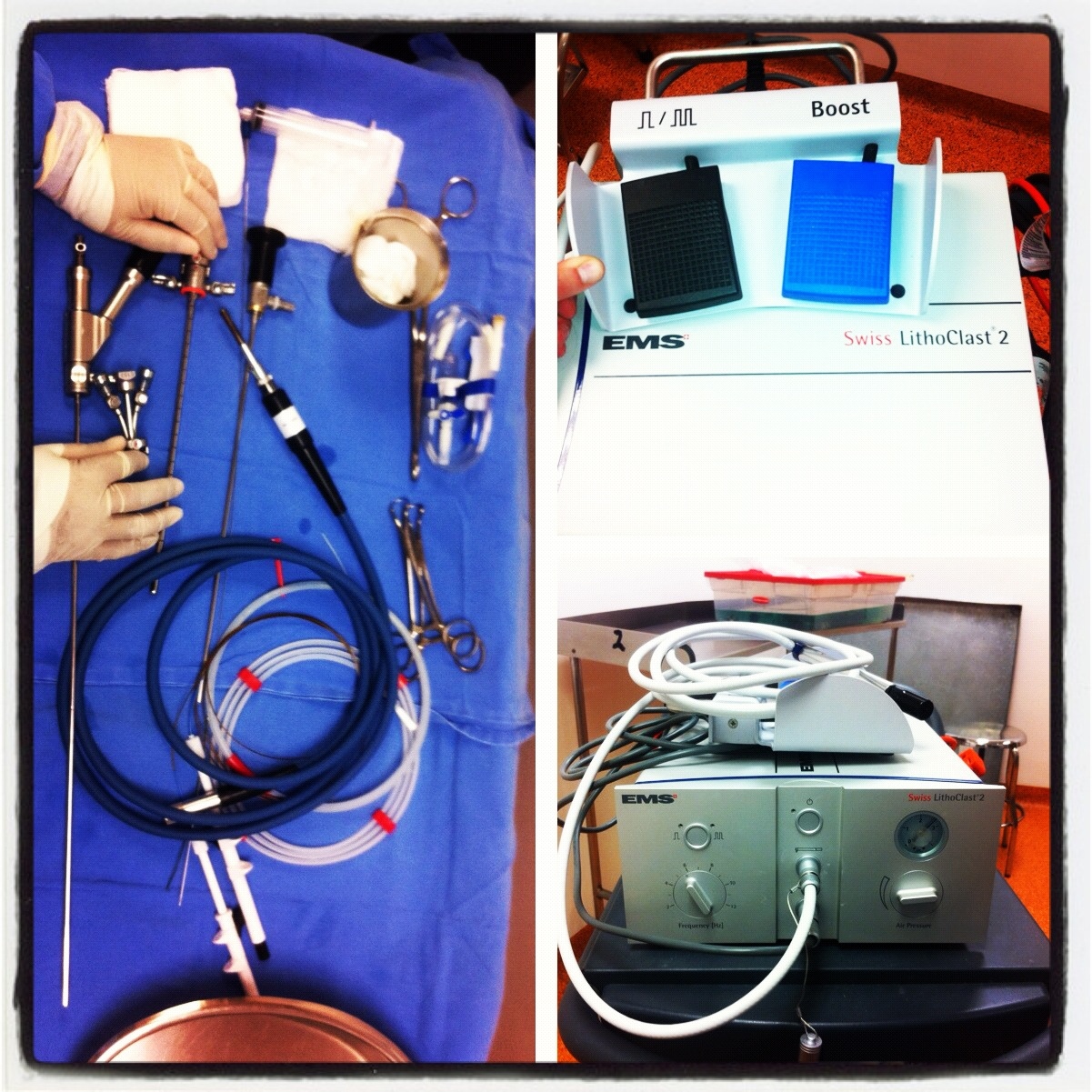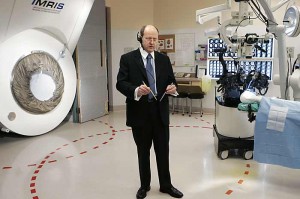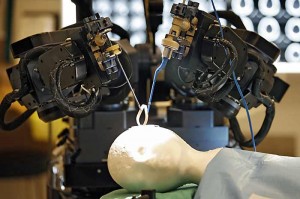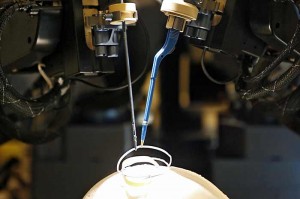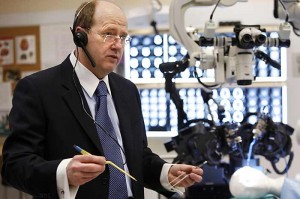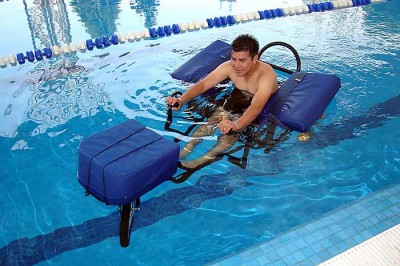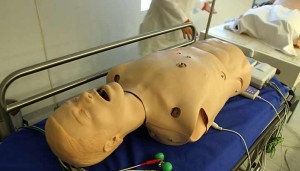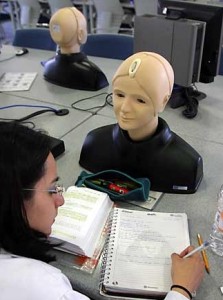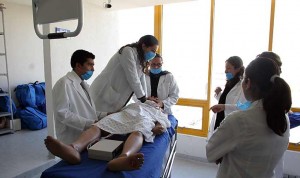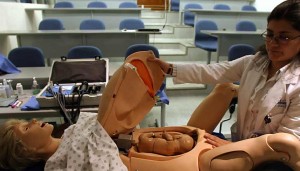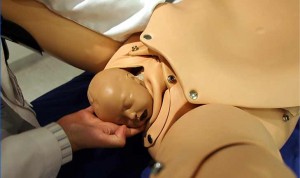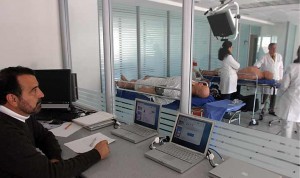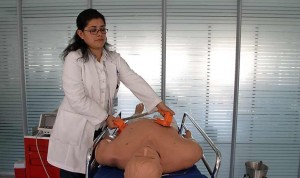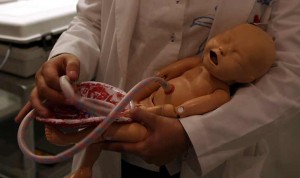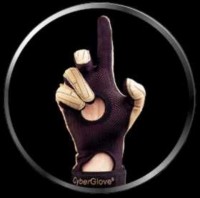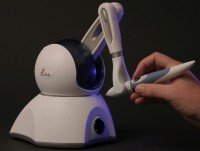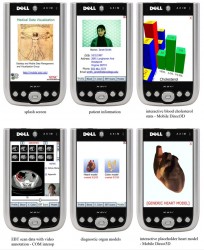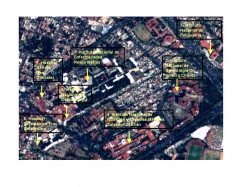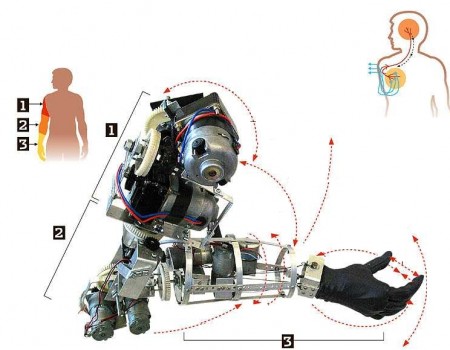
An articulated prosthesis that reproduces the seven basic movements of the human arm, using the electrical impulses of the human body, was developed by a student of the National Polytechnic Institute (Instituto Politécnico Nacional).
Simón Guerrero Castillo, who in in December finished his Engineering in Communications and Electronics career, will obtain its title with this device, which is formed by three adaptable modules at different levels from amputation, is light and tries to be of low cost, because it is done with mexican and easy to obtain components.
“The arm works with microelectrical signals that generates the body, which are registered by a group of 22 to 26 electrodes that are placed in a customized shoulder reinforcement according to the stature of each patient. This electrodes switch-on the commands of execution of the arm to control variables like position, speed and pressureâ€, details Simón Guerrero, of 25 years.
He constructed this single prototype, in its house and with an investment of $18,000 pesos ($1,800 dlls.)
The movements of this device are very similar to the natural ones: wrist (left, right, up, down); turn of the forearm; rotation of the forearm; elbow and shoulder (elevation, up, down); opening and closing of the hand. These movements are made with nine small motors that operate with two nickel-cadmium batteries of 12 volts.
“My main motivation is to make a prosthesis that helps people in Mexico and that it has an accessible price, because unfortunately many arm amputations are suffered by people of low income that cannot pay a nice prosthesisâ€.
In order to install the arm to the patients surgery is not required.
